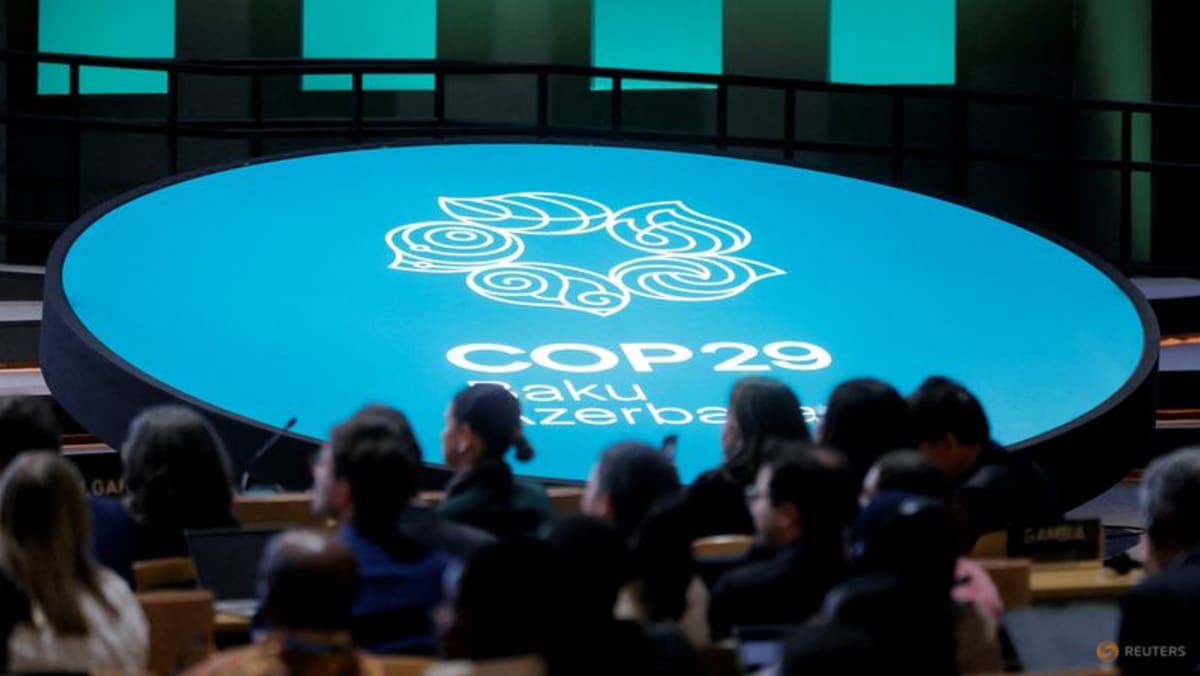Over the past weekend, nearly 200 countries concluded the annual United Nations-led climate summit with a financing goal of at least US$300 billion for developing nations per year by 2035.
The deal, which was struck in overtime at the two-week COP29 conference in Azerbaijan’s capital Baku, attracted brickbats from its intended recipients as being “woefully inadequate”.
While the agreement marks a boost of US$200 billion from the previous deal, it falls far short of the US$1.3 trillion sum that poorer nations were pushing for.
Climate experts echoed this criticism, saying US$300 billion pales in comparison to other expenditures that affect climate change.
“While US$300 billion is not a trivial amount of money per year, if we could compare it with, say, the estimates for fossil fuel subsidies that countries are paying – that’s basically US$7 trillion a year,” said Mark Howden, director of the Australian National University’s Institute for Climate, Energy and Disaster Solutions.
“So, we’re paying huge amounts to dig up these fossil fuels and to emit them into the atmosphere, and we’re prepared to only pay a very small proportion of that in terms of compensation for the damage that’s done,” he told CNA938 on Monday (Nov 25).
Scientists have said 2024 is set to be the hottest year on record, with both developing and developed countries experiencing extreme weather events this year.
Paul Bledsoe, a former White House climate advisor, pointed out that climate change will cost the world trillions of dollars every year by 2035.
“If we do not begin cutting methane and other emissions, the amount of money will never be enough to deal with the climate change impacts that are headed our way,” added the lecturer at the American University’s Center for Environmental Policy.













